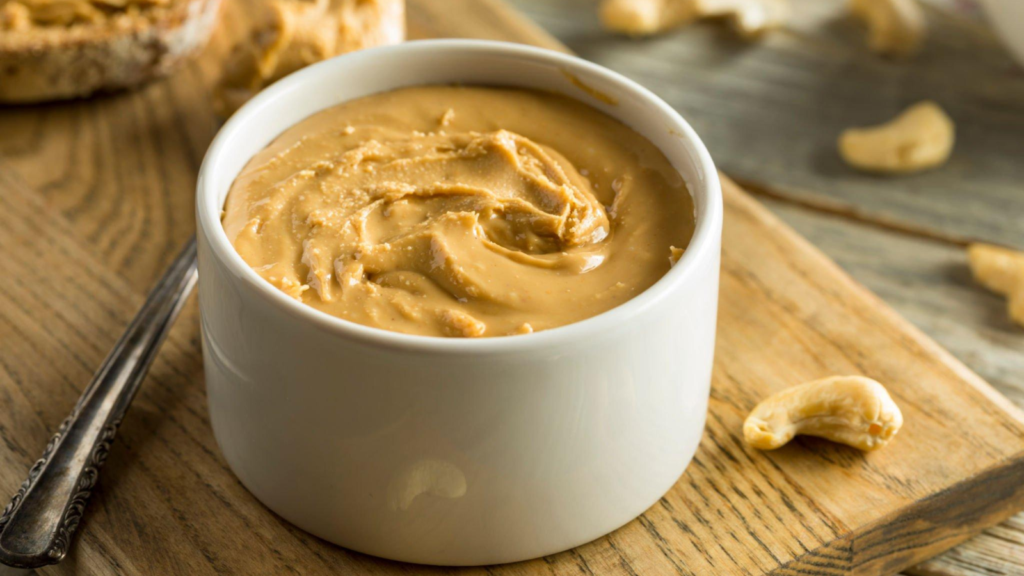Grits are a staple in Southern cuisine, beloved for their creamy texture and versatility. But are grits healthy? This question often arises among health-conscious eaters. In this article, we will delve into the nutritional profile of grits, their health benefits, potential drawbacks, and how they can fit into a balanced diet.
What Are Grits?
Grits are made from ground corn, specifically hominy corn, which has been treated with an alkali in a process called nixtamalization. This process enhances the nutritional value and digestibility of the corn. Grits are typically served as a side dish or breakfast item, often accompanied by butter, cheese, or gravy.
Types of Grits
There are several types of grits available, including:
| Type | Description |
|---|---|
| Stone-ground | Coarsely ground and retains more nutrients. |
| Instant | Pre-cooked and dehydrated for quick preparation. |
| Regular | Medium-ground, commonly found in stores. |
Nutritional Profile of Grits
To understand whether grits are healthy, let’s take a look at their nutritional content. A typical serving of cooked grits (about 1 cup) contains:
| Nutrient | Amount per Serving |
|---|---|
| Calories | 70-80 |
| Carbohydrates | 15-20 grams |
| Protein | 2-3 grams |
| Fat | 1-2 grams |
| Fiber | 1-2 grams |
| Iron | 1-2% of Daily Value |
| Calcium | 1-2% of Daily Value |
Key Nutritional Benefits
- Low in Calories: Grits are relatively low in calories, making them a great option for those looking to manage their weight.
- Source of Carbohydrates: Grits provide a good source of carbohydrates, which are essential for energy. They can be particularly beneficial for athletes and active individuals.
- Vitamins and Minerals: Grits are fortified with essential vitamins and minerals, including iron and B vitamins, which play a crucial role in energy metabolism.
- Gluten-Free: For those with gluten sensitivities or celiac disease, grits are a safe alternative to wheat-based products.
Health Benefits of Grits
Grits offer several health benefits, including promoting digestive health, providing energy, and aiding weight management. This raises the question: are grits healthy when prepared with nutritious toppings:
- Promotes Digestive Health: Grits contain some dietary fiber, which is important for digestive health. Fiber helps regulate bowel movements and can prevent constipation. Including fiber-rich foods in your diet is crucial for maintaining a healthy gut.
- Supports Energy Levels: The carbohydrates found in grits serve as a quick source of energy. This is particularly beneficial for athletes or individuals engaging in strenuous activities. Pairing grits with protein-rich toppings can provide a balanced meal.
- Versatile and Customizable: Grits can be dressed up in numerous ways. Whether you prefer them savory with cheese and herbs or sweet with fruit and honey, they can cater to various dietary preferences. This versatility makes them easy to incorporate into different meal plans.
- May Aid in Weight Management: Due to their low calorie content and ability to keep you feeling full, grits can be a helpful addition to a weight management plan. When prepared with healthy toppings, they can provide a satisfying meal without excessive calories.
Potential Drawbacks of Grits
- High Glycemic Index: Grits have a relatively high glycemic index (GI), which means they can cause a rapid spike in blood sugar levels. For individuals with diabetes or insulin resistance, it’s important to monitor portion sizes and pair grits with protein or healthy fats to mitigate this effect.
- Low Protein Content: While grits are a good source of carbohydrates, they are low in protein. To create a balanced meal, consider adding protein-rich toppings such as eggs, bacon, or legumes.
- Nutrient Deficiency: Relying solely on grits as a staple can lead to nutrient deficiencies. It’s essential to incorporate a variety of foods in your diet to ensure you’re getting a broad spectrum of nutrients.
How to Prepare Grits Healthily
Cooking Methods
- Boiling: The traditional method involves boiling water and slowly adding grits while stirring to prevent lumps.
- Baking: Baked grits can be a delicious option, especially when combined with cheese or vegetables.
- Slow Cooking: This method allows for a creamy texture and can incorporate other ingredients for added flavor.
Healthy Topping Ideas
To enhance the nutritional value of your grits and determine if grits are healthy, consider these toppings:
| Topping | Nutritional Benefits |
|---|---|
| Eggs | High in protein and healthy fats. |
| Avocado | Rich in healthy fats and fiber. |
| Spinach | Packed with vitamins A, C, and K, plus iron. |
| Cheese | Adds calcium and protein, but choose low-fat options. |
| Berries | High in antioxidants and vitamins. |
Real-Life Examples
- Southern Breakfast: In the South, grits are often served with shrimp and a rich sauce, creating a hearty breakfast. While delicious, this dish can be high in calories and fat. A healthier alternative could be shrimp and grits made with stone-ground grits, sautéed vegetables, and a light broth.
- Grits in a Balanced Diet: Consider a breakfast bowl with grits topped with poached eggs, avocado, and a sprinkle of feta cheese. This combination provides a balance of carbohydrates, protein, and healthy fats, making it a nutritious start to your day.
Conclusion
So, are grits healthy? The answer is nuanced. Grits can be a healthy addition to your diet when consumed in moderation and paired with nutrient-rich toppings. They offer several health benefits, including being low in calories and a good source of carbohydrates. However, be mindful of their high glycemic index and low protein content.
Incorporating variety into your meals and balancing grits with other food groups can help you enjoy this Southern classic while maintaining a healthy lifestyle. Whether you prefer them savory or sweet, grits can be a delightful part of your culinary repertoire.
Key Takeaways
- Grits are low in calories and provide quick energy.
- They can be part of a balanced diet when paired with protein and healthy fats.
- Watch portion sizes and consider their glycemic index if you have blood sugar concerns.
By understanding the nutritional profile of grits and how to prepare them healthily, you can determine if grits are healthy and enjoy this comforting dish while reaping its benefits.


